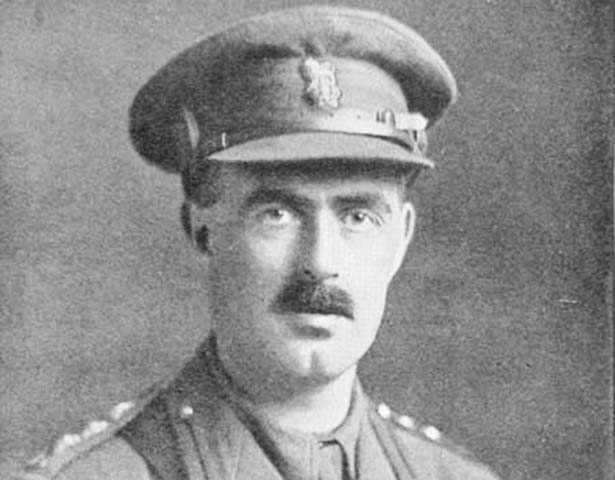
Charles Begg was New Zealand’s most decorated member of the Medical Corps during the First World War.
Born in Dunedin in September 1879, he attended Kaikorai School and Otago Boys’ High School before studying medicine at the University of Otago Medical School in 1898. He graduated with distinction from the University of Edinburgh in 1903. He became an MD in 1905 and the following year returned to New Zealand, where he went into general practice in Wellington. In December 1909, he married Lillian Treadwell. The couple had two sons.
Appointed commander of the New Zealand Field Ambulance at the outbreak of the First World War, Begg arrived in Egypt in December 1914 and was stationed at Zeitoun. Sections of the Field Ambulance saw their first action during an Ottoman attack on the Suez Canal in early February 1915. There were few casualties in this exchange, and they departed for Gallipoli on 17 April.
When the Anzacs landed on 25 April, casualties were unexpectedly heavy. Begg sent his bearer sections ashore while his surgical teams provided treatment on various ships. As the casualties mounted, many did not get the surgery they needed. On 28 April, Begg set up a dressing station on the beach, where surgeons worked under constant fire. In late June, a Turkish shell destroyed the station. Begg, although wounded, relocated his depleted unit further along the beach. By early August, this dressing station had treated more than 15,000 wounded Anzacs.
The workload after the assault on Chunuk Bair in early August was almost impossible to cope with. Hundreds of men lay unprotected on the beach. Begg appealed directly to his superiors and infantry units arrived to help the bearers. Together with the navy, which resumed barge transport, they managed to clear the beach by 13 August.
After a short convalescence in England recovering from enteric fever, Begg returned to Gallipoli in early November. He helped to plan the successful withdrawal of Allied soldiers from Anzac the following month.
Attention now turned to the Western Front, where the New Zealand Division arrived in April/May 1916. Respiratory and enteric diseases, infectious fevers, venereal disease, scabies, trench foot and battle fatigue were some of the wider medical problems facing the Medical Corps. The appalling conditions experienced during the Battle of the Somme in September-October 1916 posed a particularly severe test.
In October 1916, Begg became Deputy Director of Medical Services in II ANZAC Corps. He oversaw attempts to improve the general health of the troops through better food, accommodation, health education, immunisation, sanitation and counselling. Despite a severe winter, the condition of the men improved.
At Passchendaele in October 1917, the muddy conditions made it impossible to use wheeled vehicles. Teams of six bearers spent up to seven hours battling knee-deep mud to carry the wounded between 3 and 5 km to a dressing station.
In 1918, Begg, who had assumed responsibility for the care of wounded from the French Fifth Army, was presented with the highest order of the Croix de Guerre by the French president. He received numerous other honours for his service, including Companion of the Most Honourable Order of the Bath (CB) and Companion of the Most Distinguished Order of St Michael and St George (CMG). He was mentioned in dispatches on three separate occasions.
At the end of November 1918, Charles Begg returned to London as Director of Medical Services. Eight weeks later, he developed influenza, then acute pneumonia. He died on 2 February 1919 and was buried with full military honours in Walton-on-Thames three days later.
How to cite this page
'Charles Begg', URL: https://nzhistory.govt.nz/people/charles-begg, (Ministry for Culture and Heritage), updated 8-Nov-2017

Community contributions